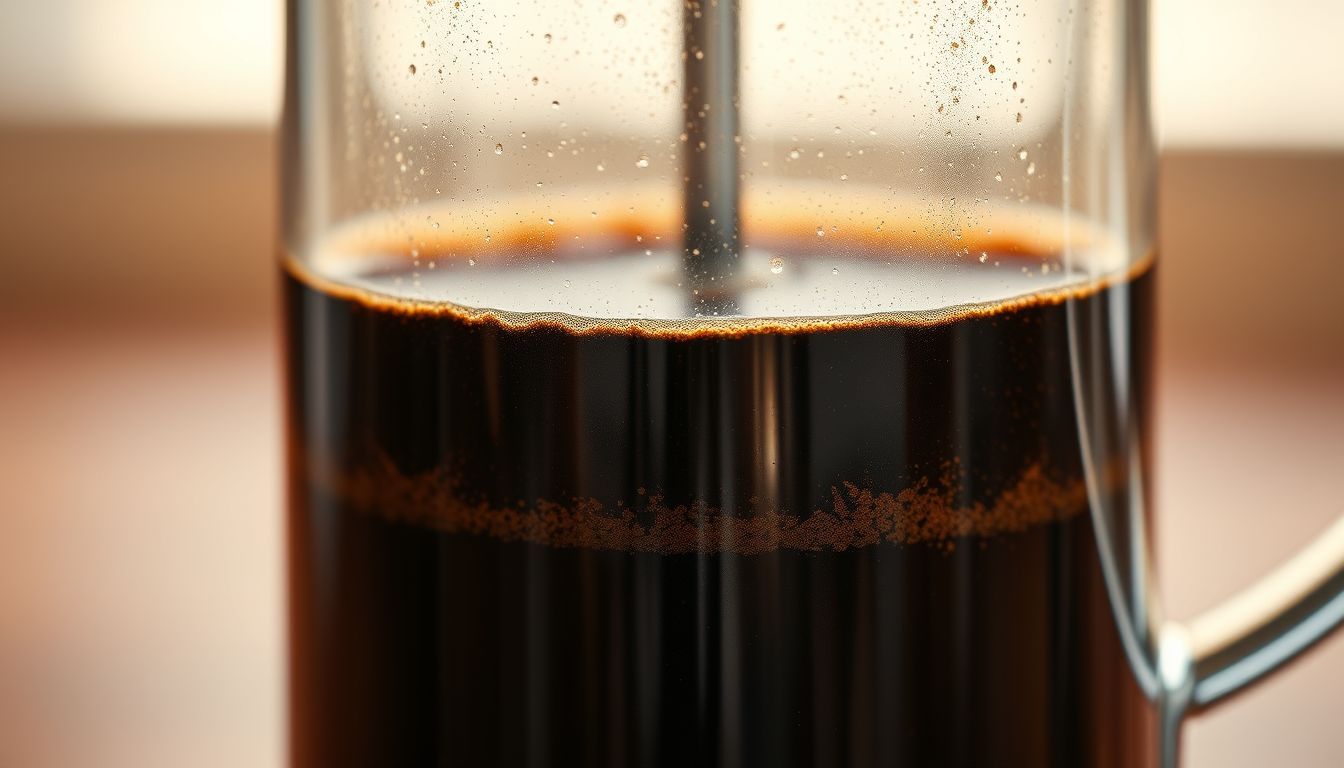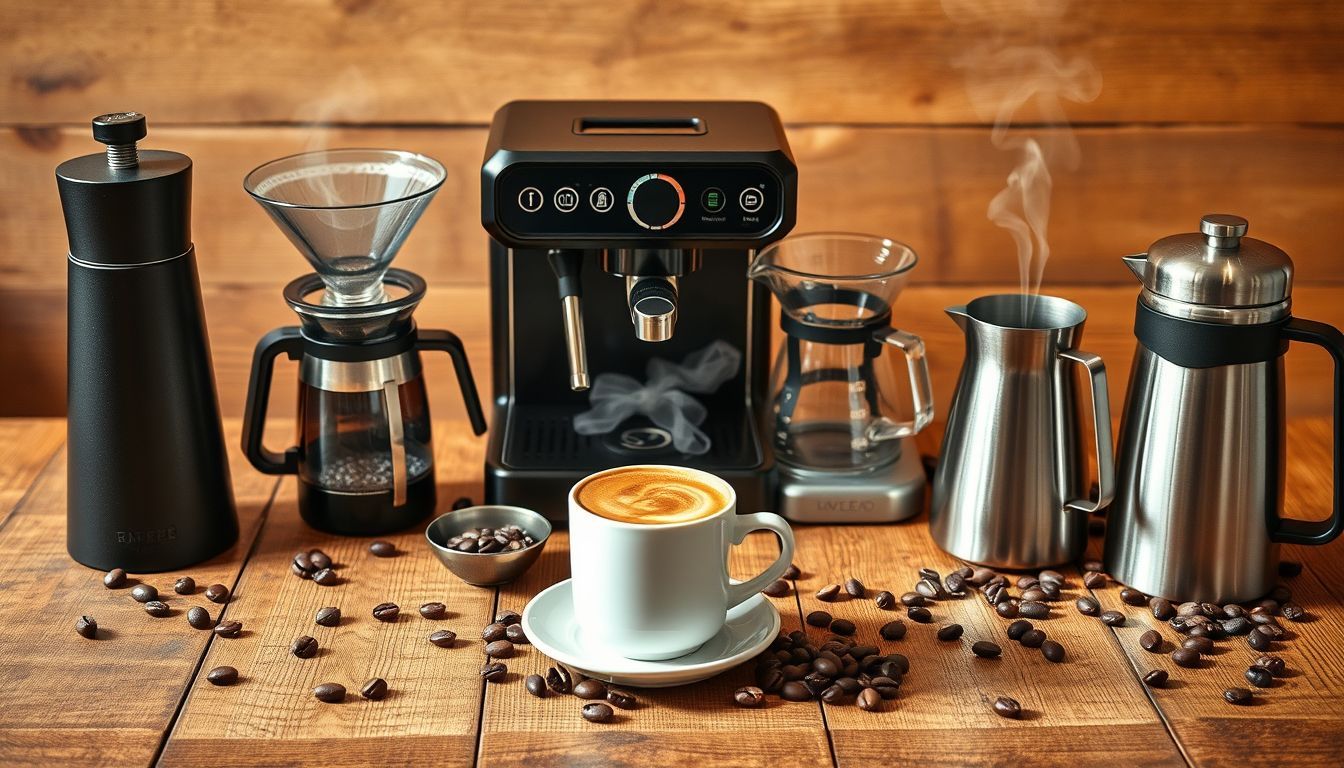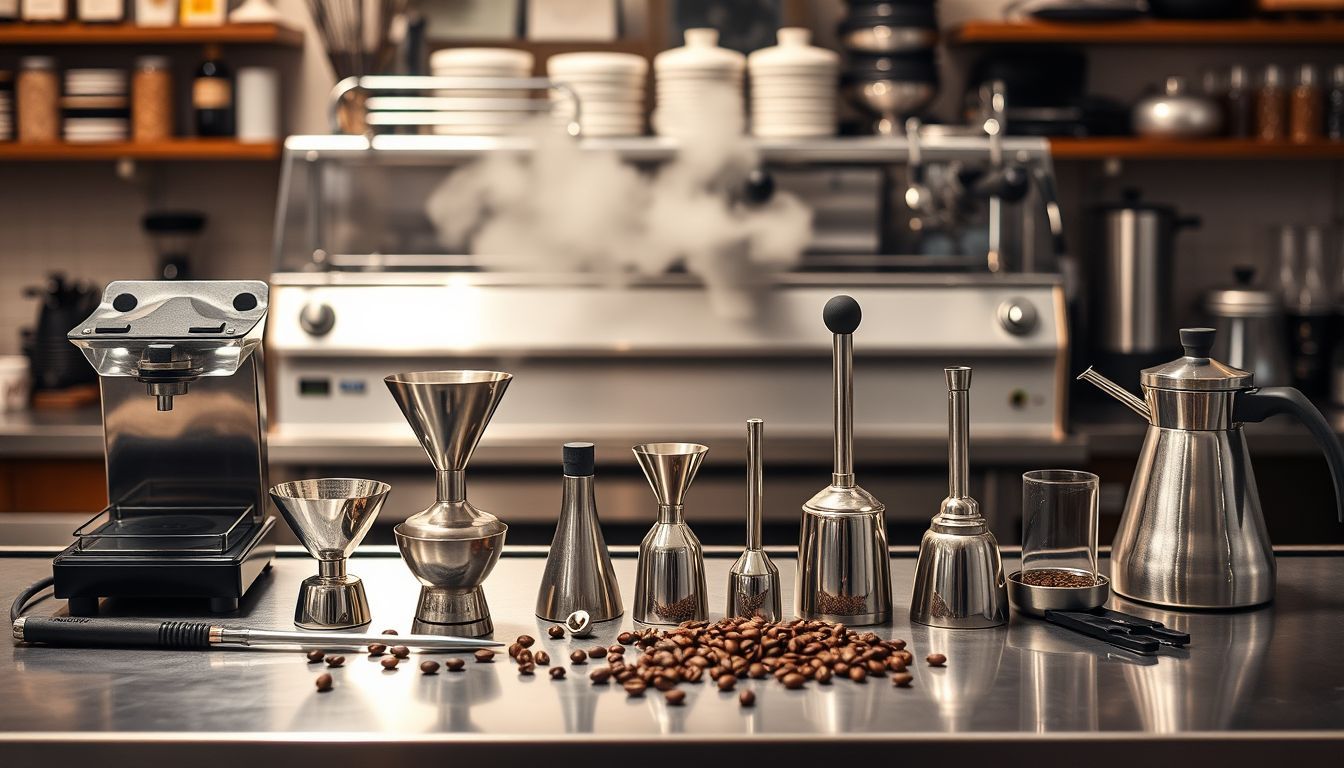Uncovering the Mysteries of Coffee Sedimentation: How Particle Dynamics Affect Flavor and Presentation in Your Favorite Brew
Explore how coffee particle size and sedimentation influence flavor and presentation, and learn techniques to optimize your brewing for a superior cup.

Amazon Affiliate Disclosure
This post contains affiliate links. If you purchase through these links, we may earn a small commission at no additional cost to you.
Introduction
Coffee is more than just a beverage; it's a complex interplay of chemistry, physics, and artistry. One often overlooked aspect that significantly influences both the flavor and presentation of your brew is sedimentation—the behavior of coffee particles during and after brewing. Understanding how particle dynamics affect your cup can elevate your coffee experience to new heights.
The Science of Coffee Sedimentation
Particle Size Distribution and Its Impact
The size of coffee grounds plays a pivotal role in extraction and sedimentation. When coffee beans are ground, they produce particles of varying sizes, from larger 'boulders' to tiny 'fines.' This distribution affects how water interacts with the coffee during brewing.
- Extraction Efficiency: Finer particles have a larger surface area, allowing for quicker extraction of flavors. However, they can also lead to over-extraction, resulting in bitterness. Coarser particles extract more slowly, potentially leading to under-extraction and sourness.
- Sedimentation Behavior: After brewing, finer particles are more likely to remain suspended in the liquid or settle slowly, contributing to a murky appearance and a gritty mouthfeel. Coarser particles tend to settle quickly, leading to a clearer brew.
The Role of Fines in Espresso Extraction
In espresso preparation, the presence of fines (particles smaller than 100 µm) is particularly influential. Research indicates that an increased share of fines decreases the coffee bed's permeability, leading to reduced flow rates and longer extraction times. This can enhance the concentration of aroma compounds in the cup, affecting both flavor and aroma. (pubmed.ncbi.nlm.nih.gov)
Brewing Methods and Sedimentation
Different brewing methods interact with coffee particles in unique ways, influencing sedimentation and, consequently, the final cup's clarity and flavor profile.
French Press: Embracing Sediment
The French press method involves steeping coarse coffee grounds in hot water before pressing them through a metal filter. This process allows more oils and fine particles to pass into the cup, resulting in a fuller body and richer flavor. However, it also means more sediment in the final brew, which some drinkers may find undesirable.
Pour-Over: Precision and Clarity
Pour-over methods, such as the V60 or Chemex, use paper filters that trap most fines, leading to a cleaner cup with less sediment. The grind size and pouring technique are crucial here; a consistent medium grind and controlled pour can minimize fines passing through the filter, enhancing clarity and highlighting nuanced flavors.
Espresso: Balancing Fines and Flow
Espresso machines force hot water through finely ground coffee under high pressure. The grind size and distribution, especially the proportion of fines, significantly impact the extraction time and flavor profile. An optimal balance ensures a rich, concentrated shot without excessive bitterness or sediment.
Techniques to Control Sedimentation
Achieving the desired level of sedimentation requires attention to several factors:
Grind Consistency
Investing in a quality burr grinder can provide a more uniform grind size, reducing the number of fines and promoting even extraction. Consistency in grind size leads to more predictable sedimentation behavior and flavor outcomes.
Brewing Parameters
Adjusting brewing parameters such as water temperature, brew time, and agitation can influence how particles settle. For instance, gentle pouring in pour-over methods can prevent disturbing the coffee bed, reducing the amount of fines passing through the filter.
Filtration Choices
The type of filter used affects sedimentation. Metal filters allow more oils and fines into the cup, enhancing body but increasing sediment. Paper filters trap more particles, resulting in a cleaner cup with less sediment.
Conclusion
Understanding the dynamics of coffee sedimentation empowers you to tailor your brewing process to achieve your preferred flavor and presentation. By considering factors like grind size, brewing method, and filtration, you can control sedimentation to enhance your coffee experience. Embrace the science behind the cup, and let it guide you to your perfect brew.

Marcus Thorne
As a journalist, I learned that the truth is often buried under layers of misinformation and time. As a novelist, I get to do the digging. Whether it's a forgotten event from the Cold War or a present-day conspiracy, I build my stories on a foundation of fact, inviting you to question what you think you know.


